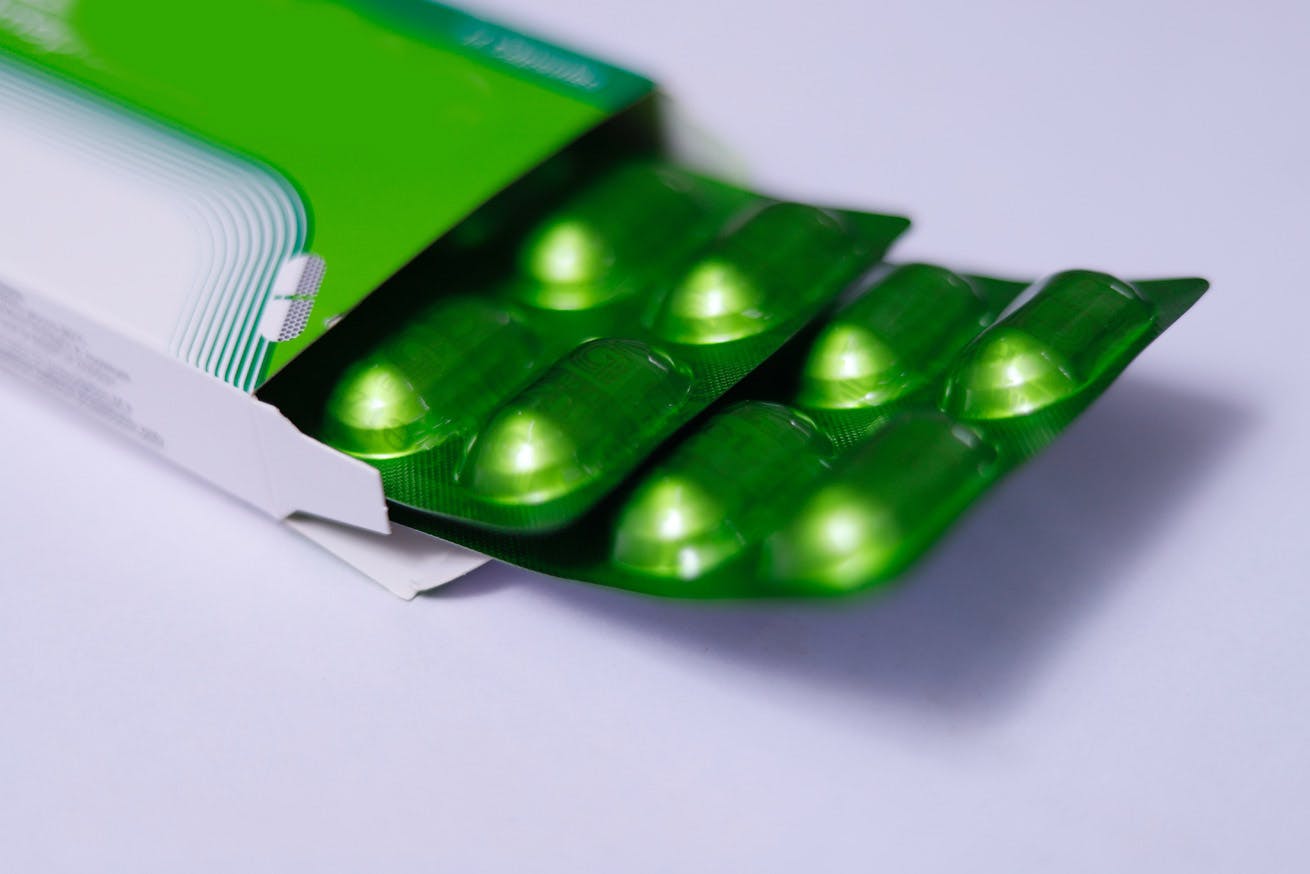Can COVID-19 Cause Reflux?
Many patients find they they have experienced symptoms of reflux, such as heartburn, after catching COVID-19.

Over the last year we have been struck by the number of patients that we have seen who describe the sudden onset of reflux type symptoms. These have included typical heartburn oesophageal type symptoms but rather more commonly laryngo-pharyngeal (LPR) problems including a sore throat, throat clearing, globus and dysphonia (husky voice). Sometimes the onset of these symptoms coincided with a positive PCR test and a diagnosis of COVID-19, sometimes with other symptoms which may or not have been a manifestation of COVID and sometimes in isolation, with patients otherwise remaining entirely well.
So, the question that has occurred to us is “can COVID cause reflux”? And if so by what mechanisms?
(A note that the below is a thorough technical analysis of the possible links 'reflux symptoms' have with COVID-19, if you would like to read a summary of our findings focused on a patient's perspective we have written this article - 'Is COVID-19 the Cause of My Reflux Symptoms?')
COVID and heartburn, indigestion & acid reflux - a relationship explored
Everyone now knows that COVID-19 is a systemic disease and that it’s symptomatic presentation vary enormously. Every system in the body is at risk and neurological complications are now well recognised.
There are reports of central nervous system involvement including encephalitis and encephalomyelitis as well as conditions caused by peripheral nerve injury such as Guillain-Barré syndrome. A Chinese study from Wuhan reported that in hospitalised patients up to a third presented with neurological complications. But as the pandemic progressed in 2020 clinicians and patients became aware that some of the more common symptoms included loss of smell and taste. An epidemiological meta-analysis suggests that loss of smell (hyposmia) and loss of taste (hypogeusia) can occur in up to 20% of COVID patients. Taste is mediated by three of the twelve cranial nerves, the facial nerve (cranial nerve VII), which provides fibres to the anterior two-thirds of the tongue, the glossopharyngeal nerve (cranial nerve IX), which provides fibres to the posterior third of the tongue, and the vagus nerve (cranial nerve X), which provides fibres to the epiglottis region. Smell is mediated by the olfactory nerve (I). Interestingly there are also reports of involvement of other cranial nerves involvement in COVID patients, detected by clinical examination and/or magnetic resonance imaging (MRI) including facial paralysis and Bell’s palsy (VII), abducens nerve palsy (VI), and optic nerve (II) sheath enhancement. The mechanism by which COVID causes these manifestations remains unclear. It’s been suggested that the smell and taste problems may be related to direct infection of the nasal and pharyngeal mucosa including the so-called “olfactory cleft syndrome” in which a conductive loss is caused by mucosal obstruction of the olfactory cleft. Certainly, much of the systemic damage caused by COVID is secondary to well documented inflammatory mediated responses and other systemic mechanisms may include hypoxia and coagulopathy. However, it seems that there is some evidence that the virus might enter the central nervous system or peripheral nerves directly and indeed the olfactory bulb is a well described pathway for viral entry into the central nervous system. COVID directly targets angiotensin converting enzyme 2 (AGE2) via its spike protein and their proteases are expressed in the olfactory epithelium. The COVID virus can cross through the respiratory epithelial barrier into the blood and lymphatic system and then the blood brain barrier into the central nervous system. AGE2 receptors are also expressed in the nervous system and viral RNA has been identified in the cerebro-spinal fluid of some affected patients and there are also case studies reporting brain abnormalities on MRI suggestive of direct viral involvement.
So, while the mechanism remains unclear there’s no doubt that COVID can cause symptoms associated with cranial nerve dysfunction. But how does this relate to reflux?
The functions of the upper and lower oesophageal sphincter mechanisms which protect the airway from gastro-oesophageal reflux are mediated by multiple complex neurological reflexes. These involve the vagus and glossopharyngeal cranial nerves as well as the phrenic nerve which supplies the diaphragm. Fascinatingly there are reports of phrenic nerve palsy in patients with COVID. So, it seems quite reasonable to postulate that these reflexes may be disrupted by viral injury either directly or indirectly to one or perhaps several of the nerves involved in these neurological reflexes and that this then causes gastro-oesophageal reflux.
Anecdotally, we have seen many patients in whom their reflux symptoms have slowly resolved, which of course would be unusual in primary gastro-oesophageal disease but consistent with transient neural injury as well as the usual slow resolution of taste and smell dysfunction following COVID.
However, there are other potential mechanisms that should be considered. We’ve become increasingly aware that alterations in the gut microbiome can cause reflux type symptoms. We published a paper earlier this year which suggests that 60% of patients presenting for anti-reflux surgery have Small Intestinal Bacterial Overgrowth (SIBO). This condition is associated with the use of PPIs and antibiotics as well as disrupted gastrointestinal motility. Whether COVID cause intestinal neurological injury is unknown but certainly gastrointestinal symptoms are well described in COVID and the gut is rich in angiotensin receptors. Fermentation by micro-organisms of sugars within the small bowel, which is usually relatively sterile, causes release of intra-luminal gas and consequent excessive belching. This belching of aerosolised gastric contents into the oeosphagus and throat is thought to cause reflux symptoms.
Again, while offered as purely anecdotal evidence, many of the patients we’ve seen had been prescribed antibiotics to treat various manifestations of COVID last year and even more high doses of PPIs while GP services were being delivered remotely. Almost all of our, admittedly self-selected and probably skewed cohort of patients, reported these as mostly ineffective. We’ve certainly diagnosed many of these patients with SIBO using lactulose hydrogen breath tests and their symptoms have often resolved following eradication. A tantalising question therefore is could a proportion of these patients’ symptoms all be secondary to SIBO?
These questions remain unanswered and it’s likely that there are multiple mechanisms causing reflux symptoms. However, we are convinced that whether directly or indirectly COVID has been associated with reflux symptoms in some of the patients that we have seen over the last year. Clearly, we need much more research to provide the answers, especially to understand the mechanisms of how COVID affects the nervous system and cranial nerves in general, and the neural reflexes that normally prevent gastro-oesophageal reflux in particular.
In the meantime, our advice as always is that patients with reflux symptoms should be assessed against their whole symptom profile including those potentially caused by COVID and SIBO and that the prolonged use of PPIs that aren’t providing symptomatic relief should be avoided.



